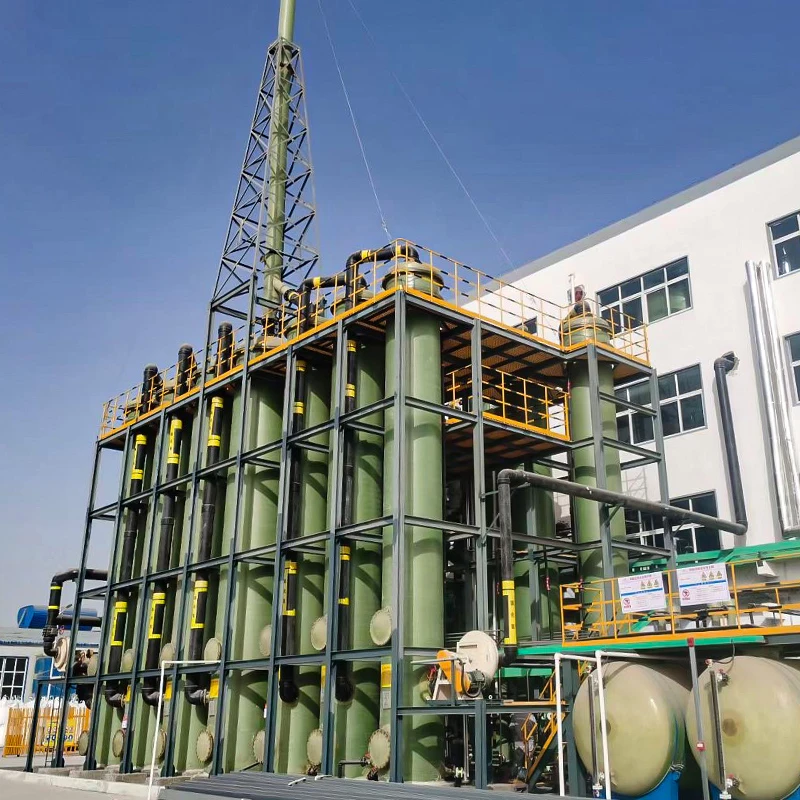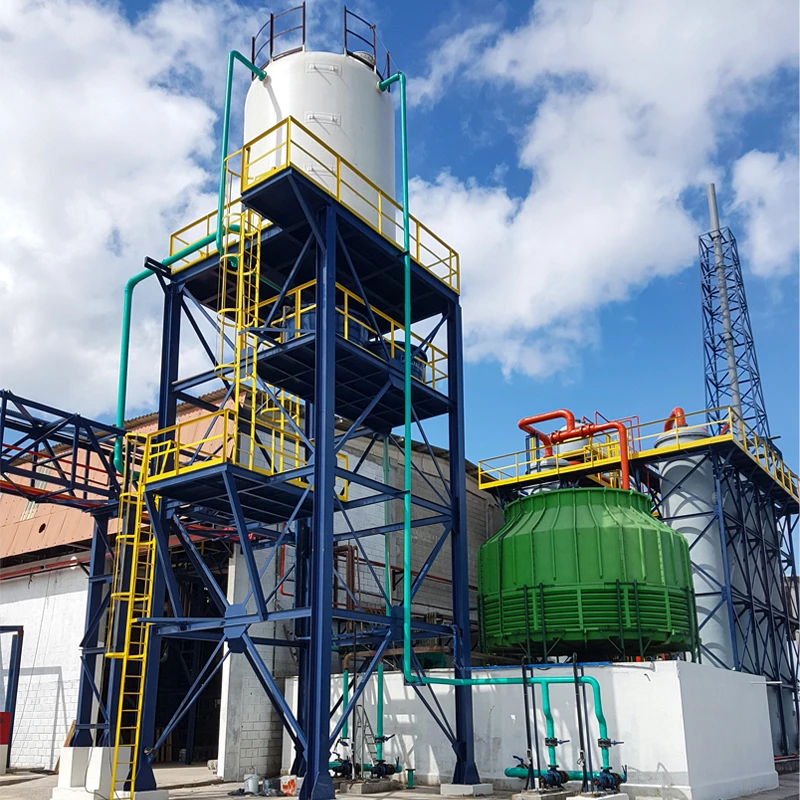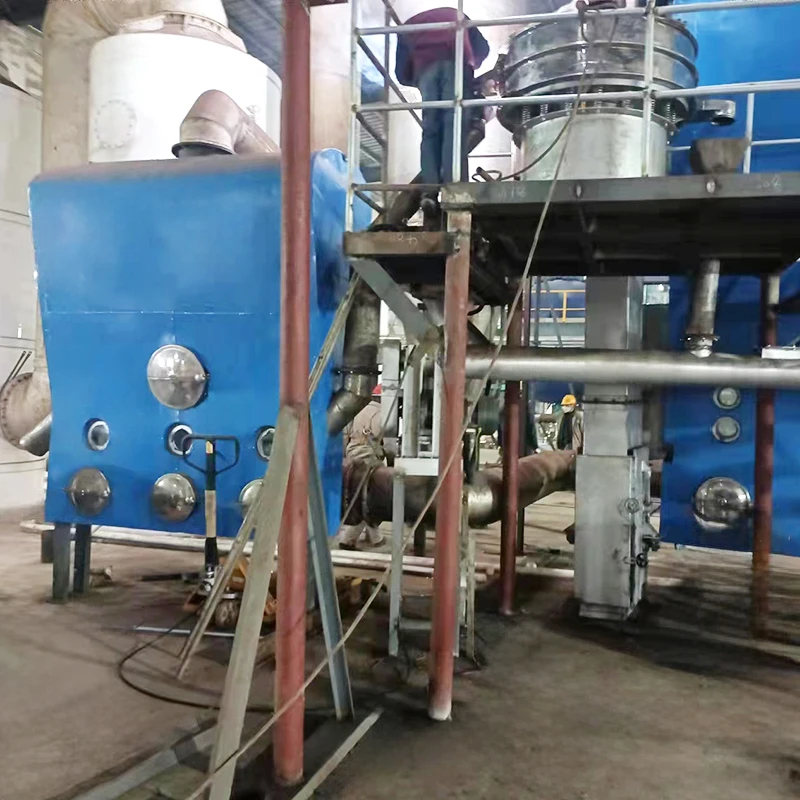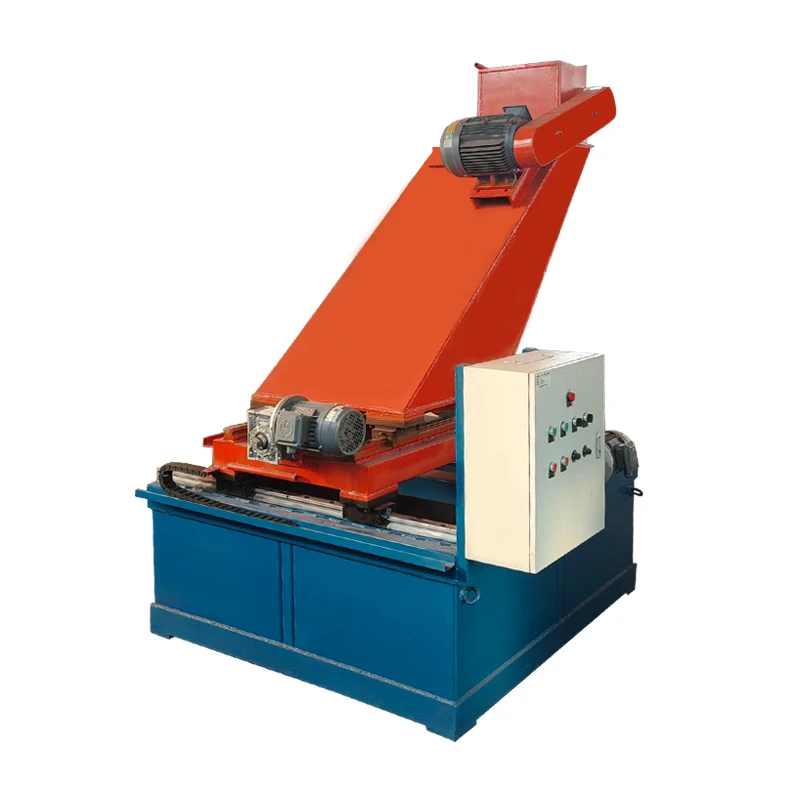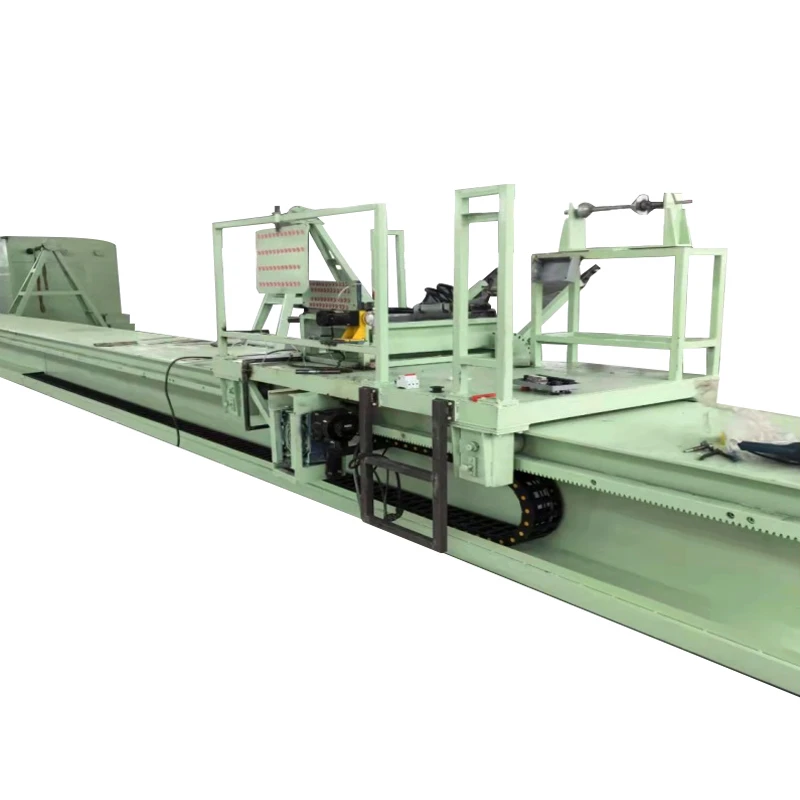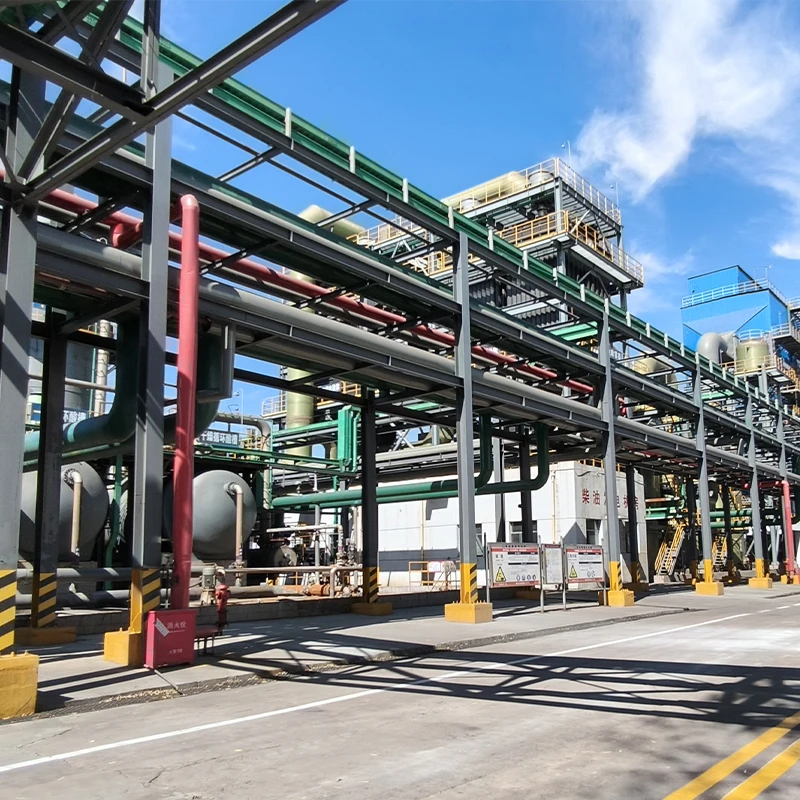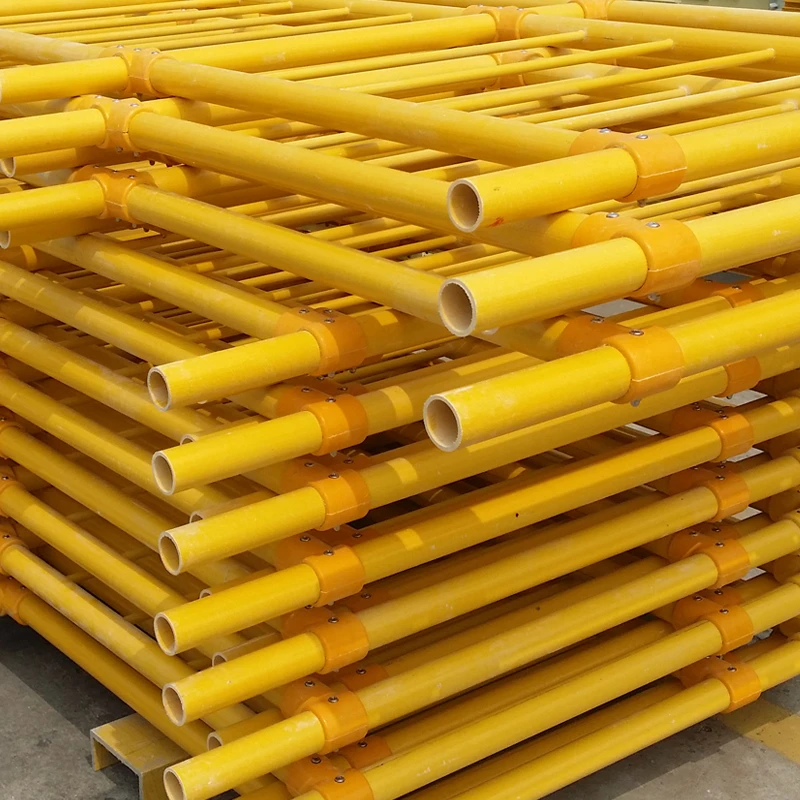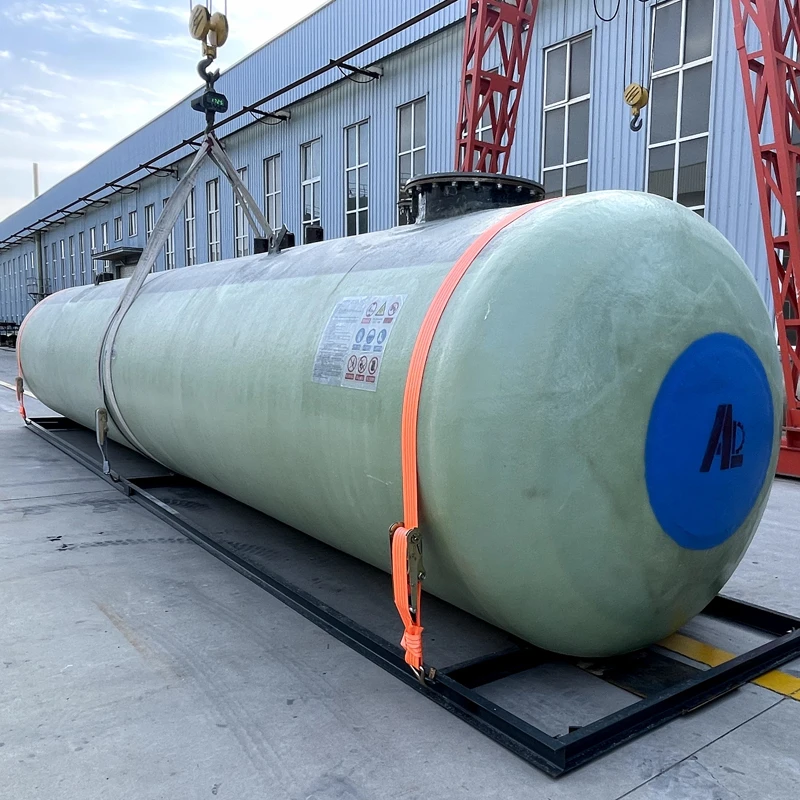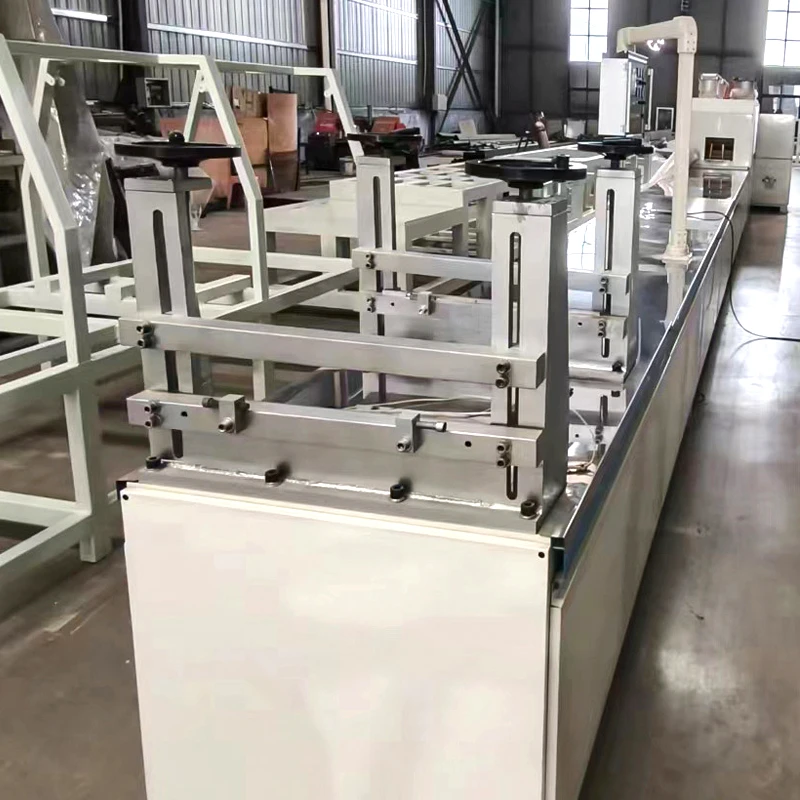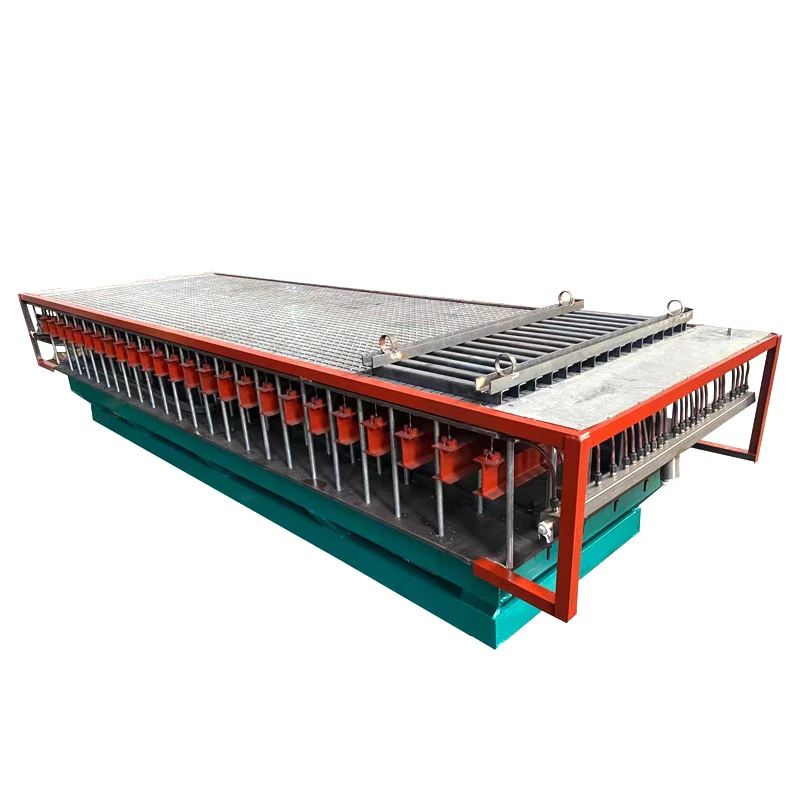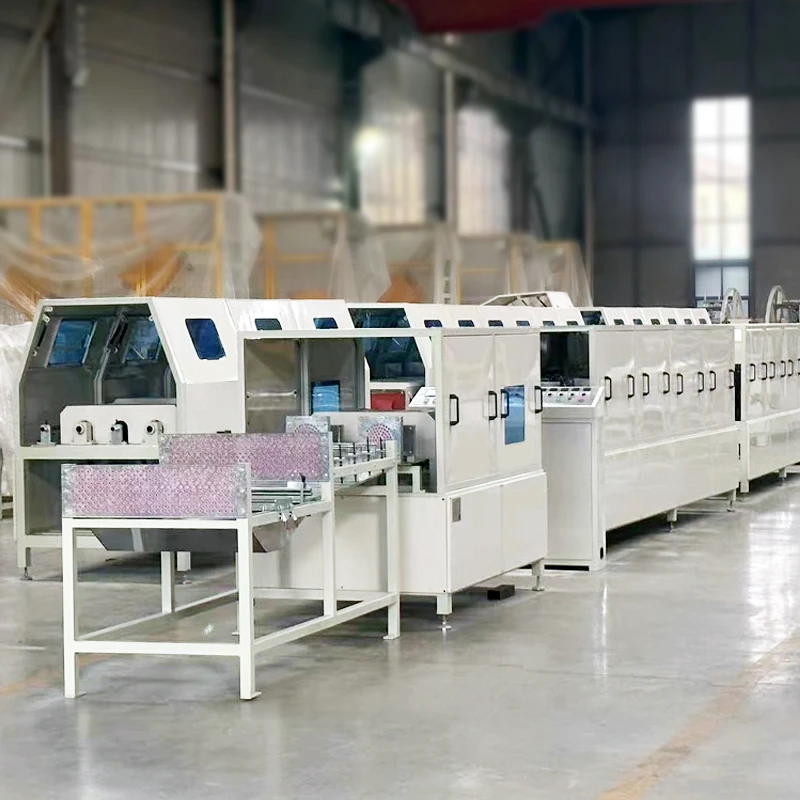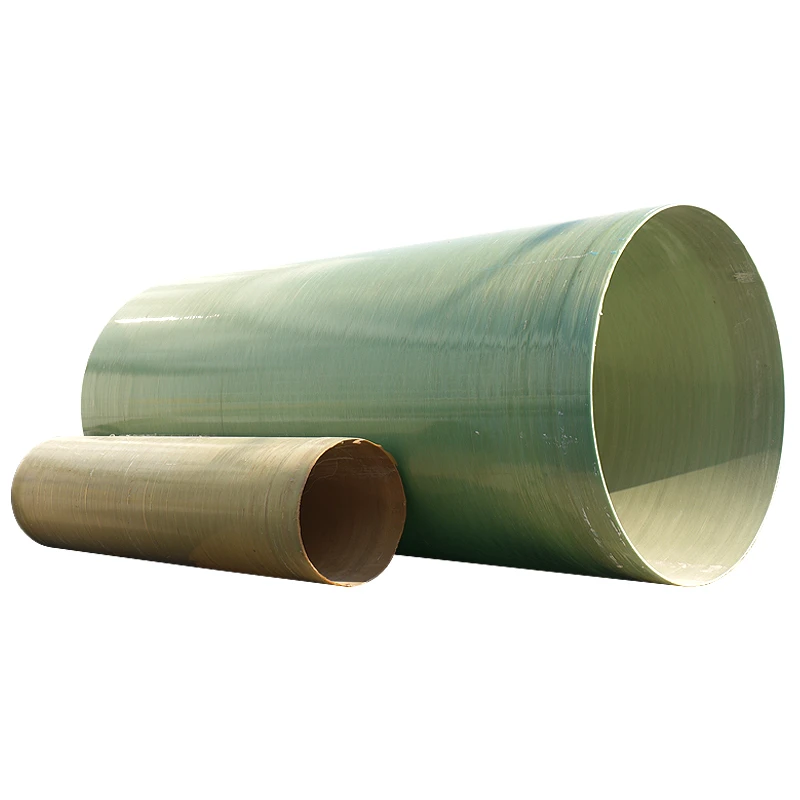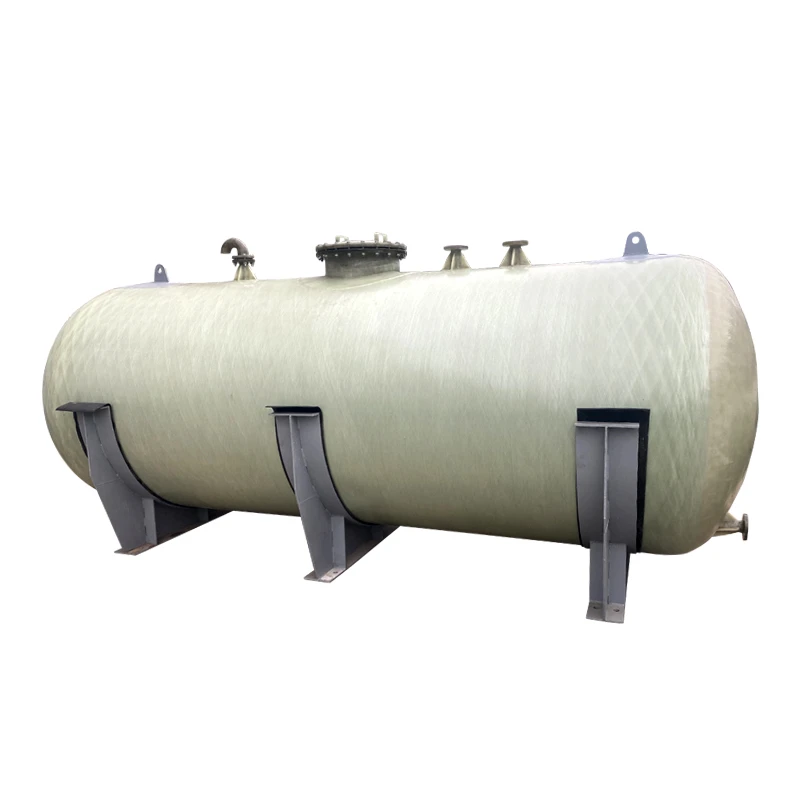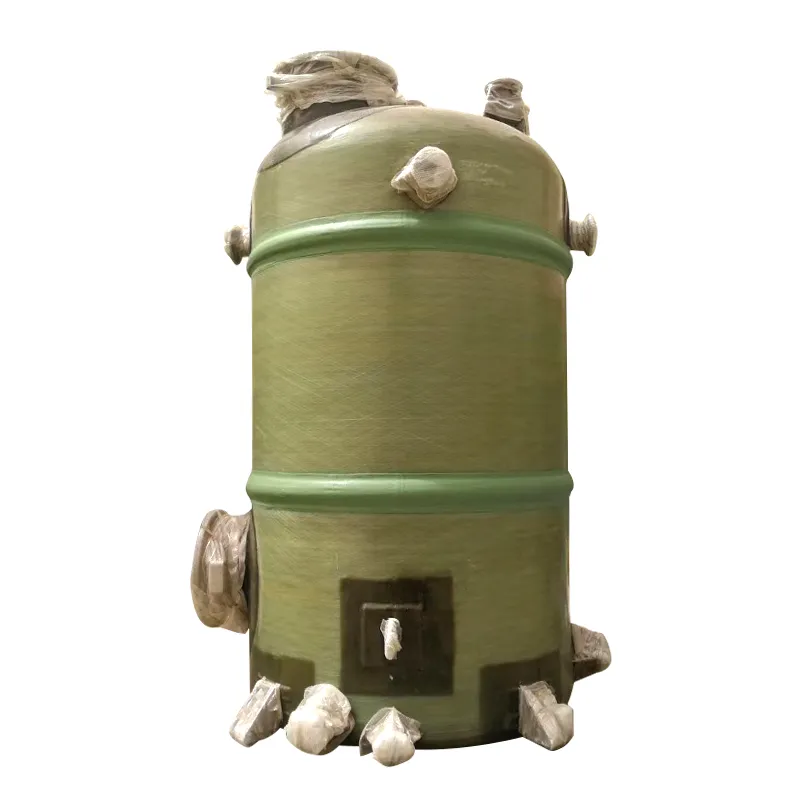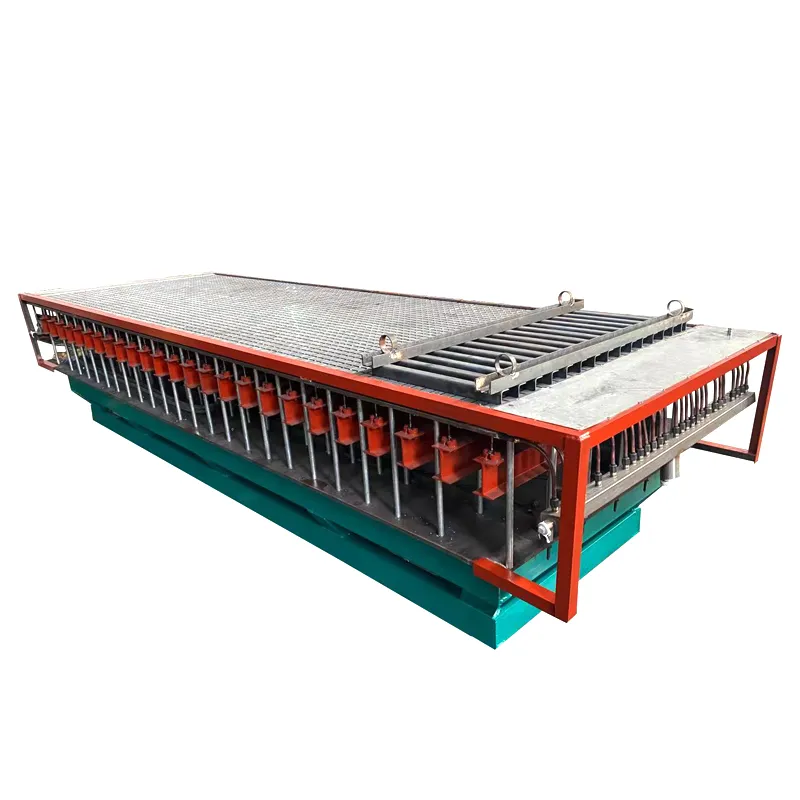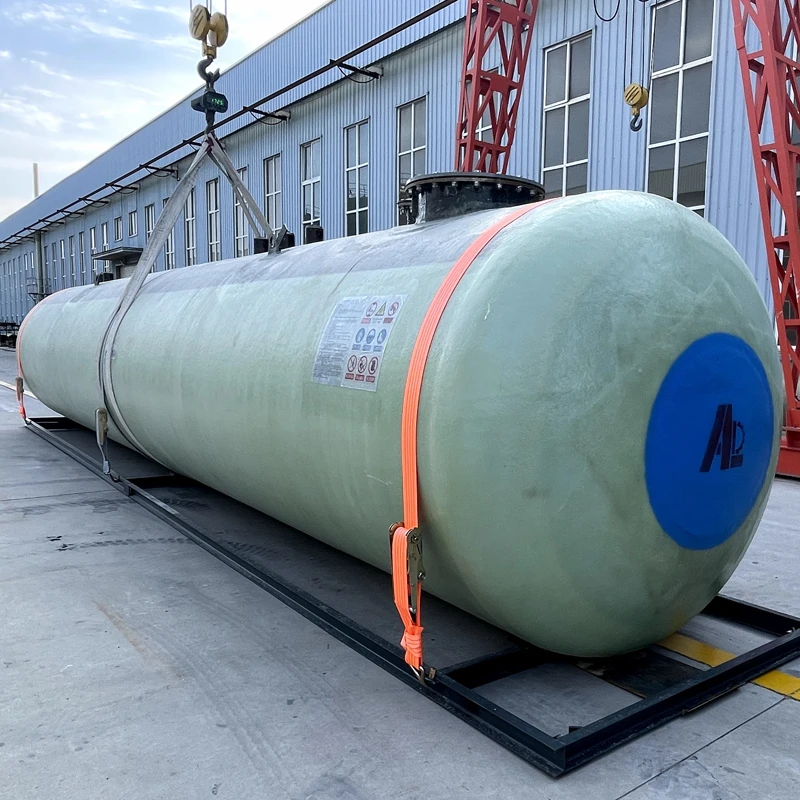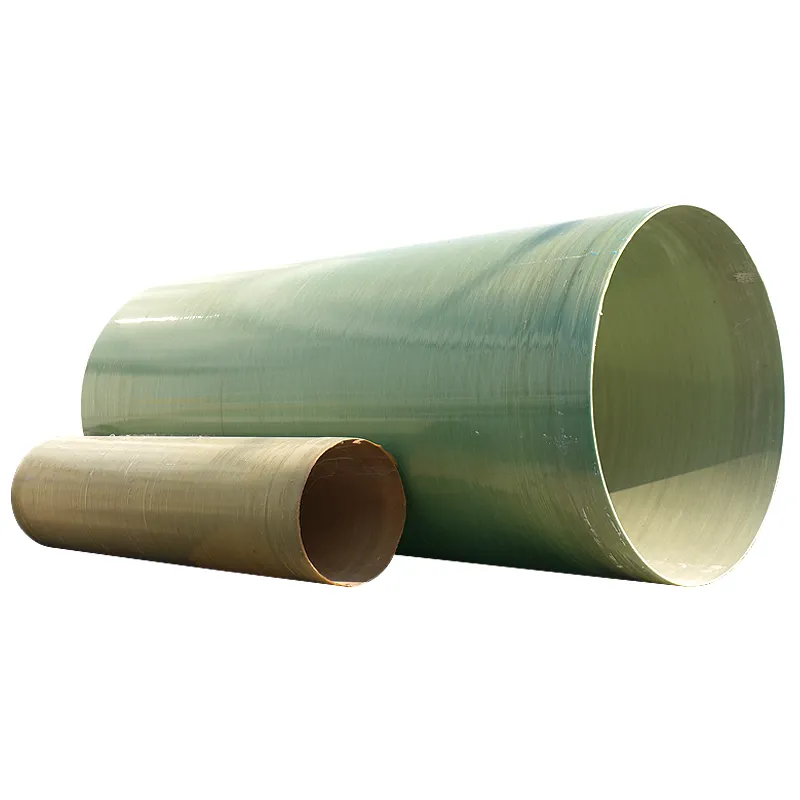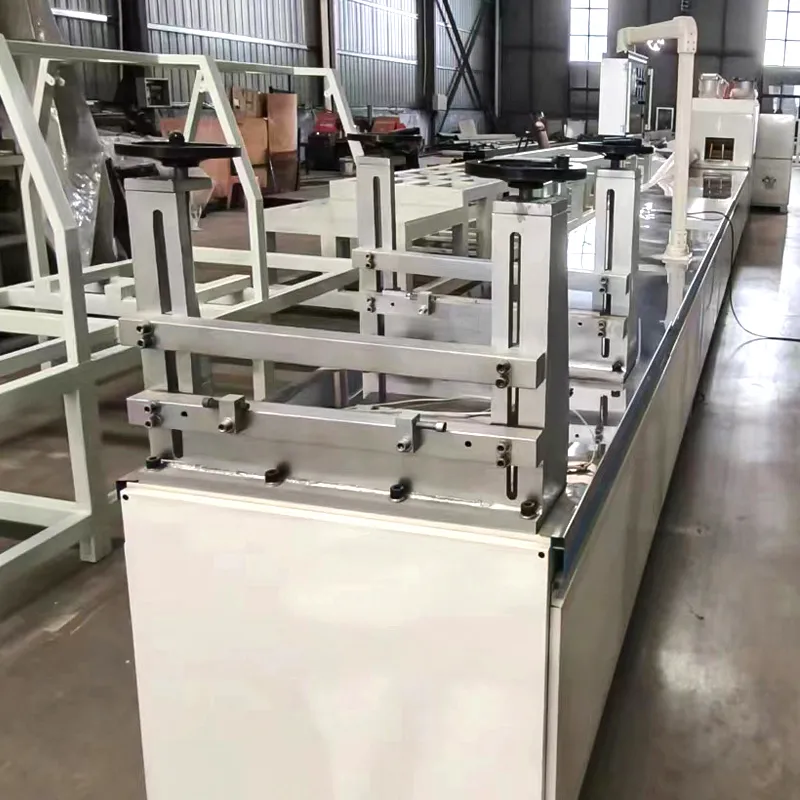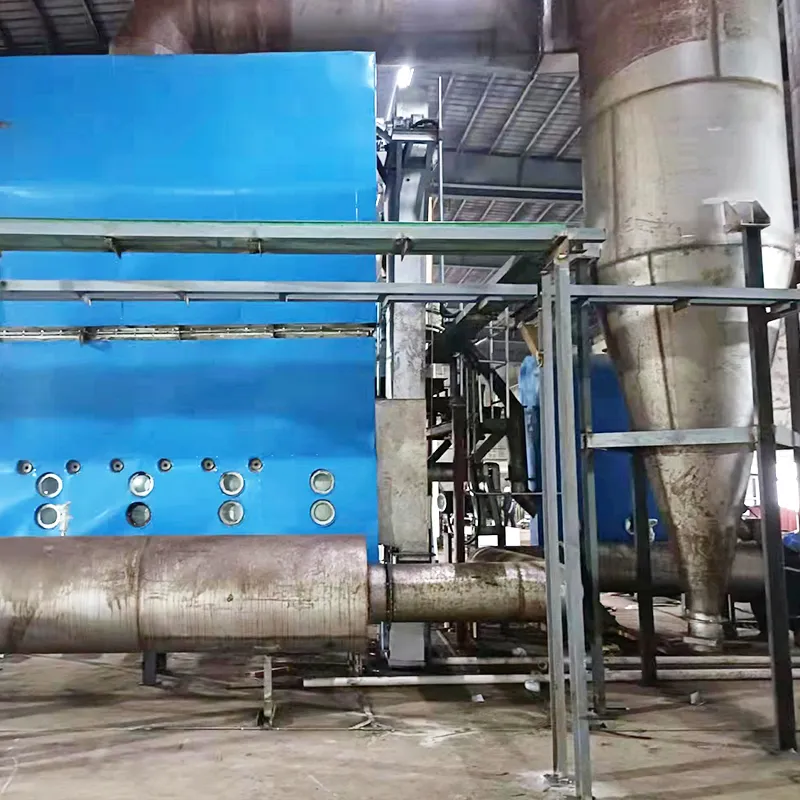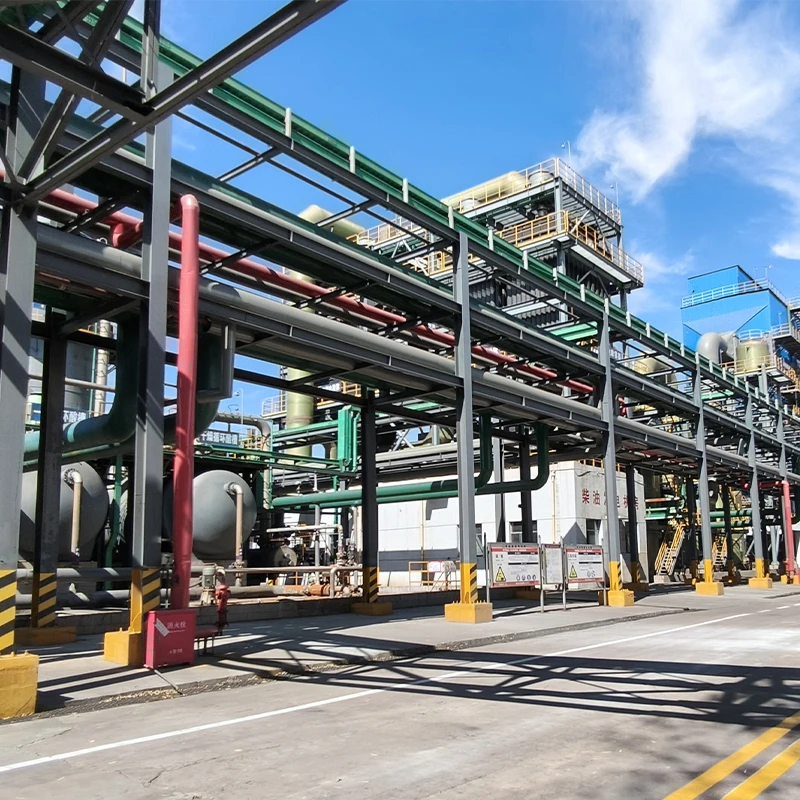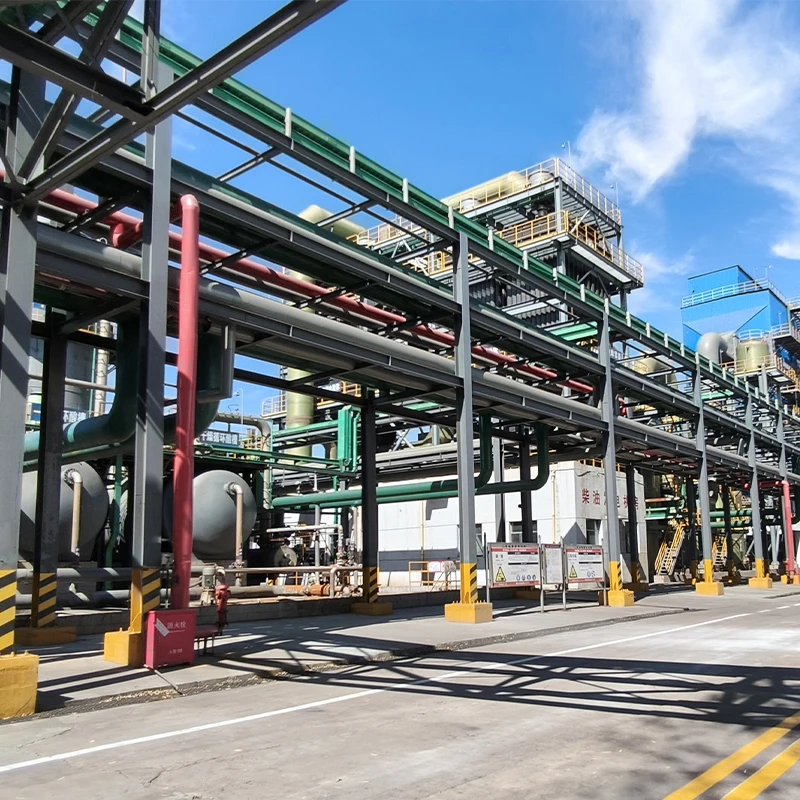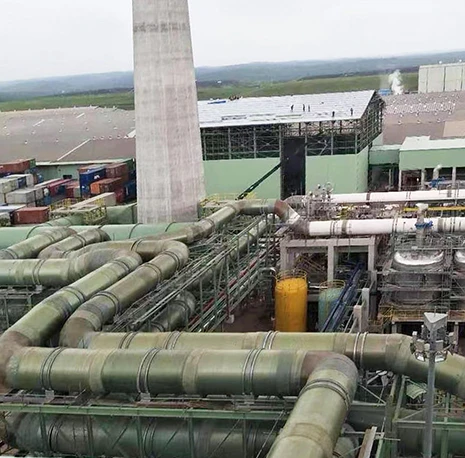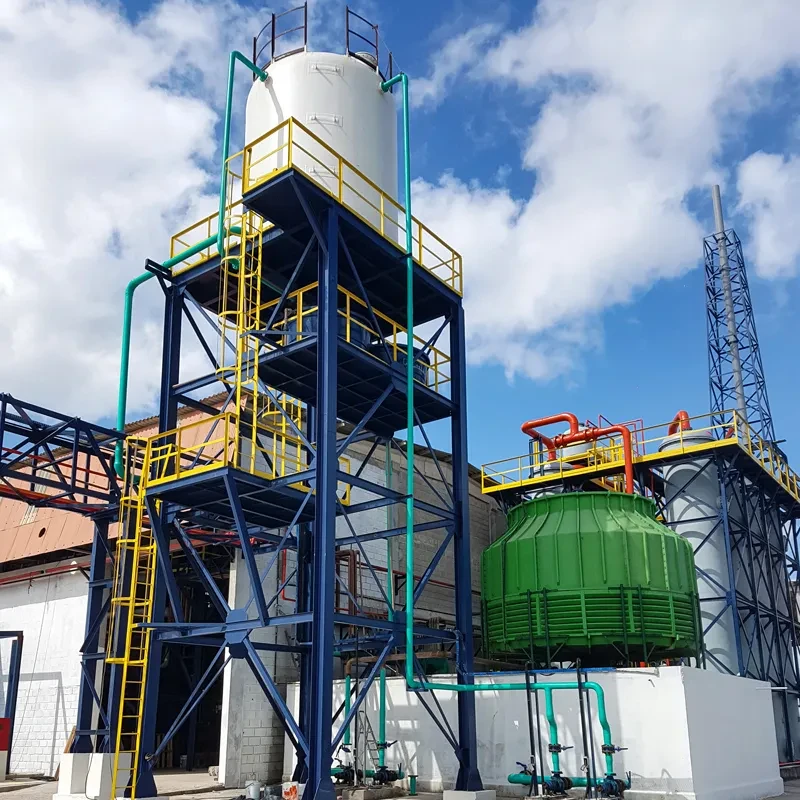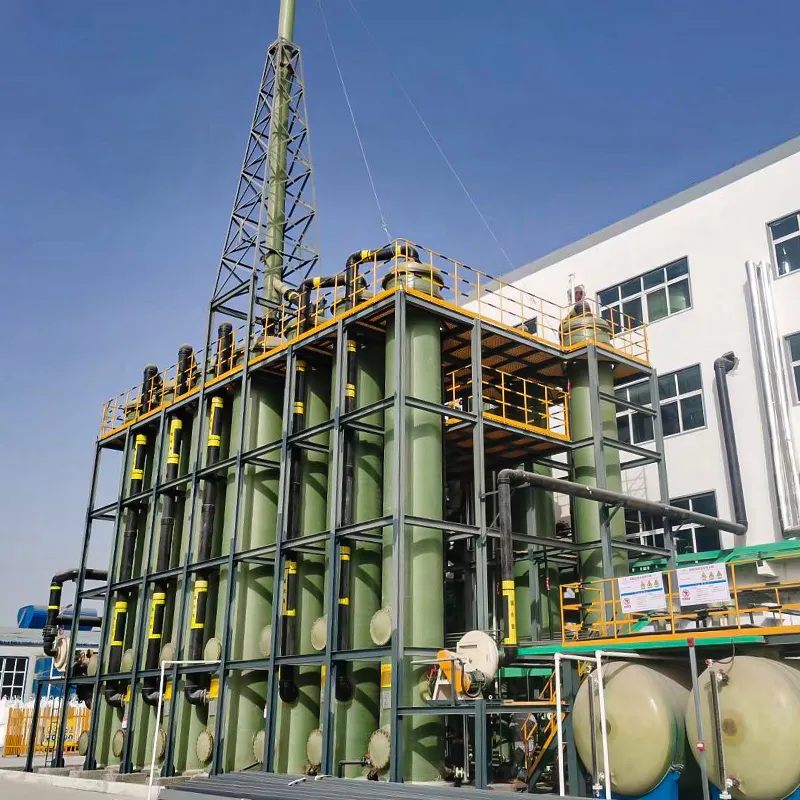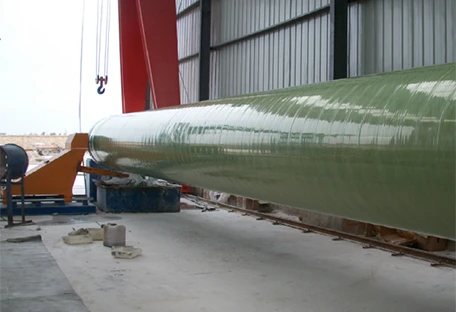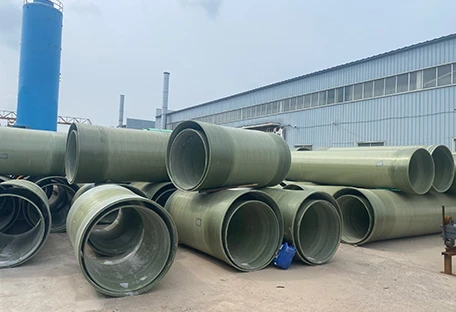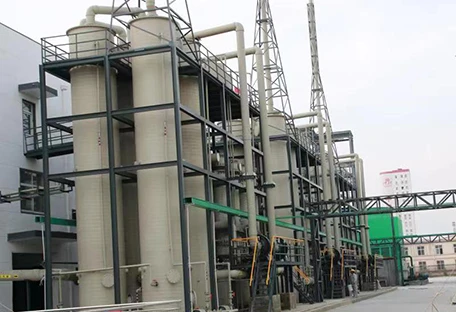High-Quality Underground FRP Tanks Durable FRP Underground Storage Solutions
- Introduction to underground FRP tanks and their relevance in modern industries
- Technical advantages of FRP underground storage tanks: durability, corrosion resistance, and cost benefits
- Market data insights: market size, growth forecast, and industry adoption trends
- Comparison of leading FRP underground tank manufacturers (tabular analysis)
- Customized solutions: specification flexibility and tailored features
- Application cases: sectors, challenges addressed, and real-world results
- Conclusion: Key points on underground FRP tanks for strategic decision-making
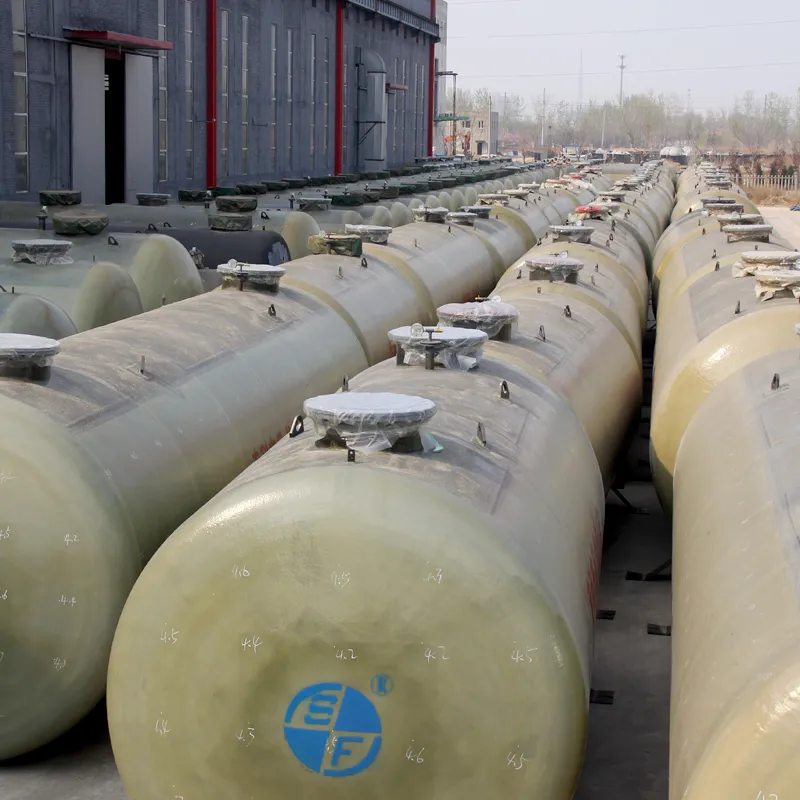
(underground frp tanks)
Introduction to Underground FRP Tanks: Transforming Subsurface Storage
The demand for underground FRP tanks has surged as sectors such as water management, petroleum, and chemical processing strive for secure, efficient, and long-lasting storage solutions. These vessels, engineered from fiber-reinforced polymer (FRP) composites, offer a sophisticated alternative to traditional materials. Confined space installations present unique structural and environmental challenges, making FRP’s lightweight yet robust design particularly attractive. From municipal water supply projects to hazardous chemical containment, the versatility of underground FRP tanks makes them indispensable assets in modern infrastructure systems. Their innovative construction addresses key concerns regarding leakage, environmental compliance, and operational longevity, thereby achieving a new standard in below-ground storage performance.
Technical Advantages of FRP Underground Storage Tanks
FRP underground storage tanks stand apart due to a synergy of exceptional material properties and engineering innovations. These tanks offer a superior service life, with corrosion resistance surpassing steel, concrete, and HDPE alternatives. Average lifespans reach 40+ years under standard operating conditions. A study by the International Association of Plastics Distributors (IAPD) found FRP tanks experience less than 2% structural failure rate over 30 years, compared to 8% for steel. Their non-permeable barriers protect contents from groundwater intrusion and prevent leaching of hazardous materials—a crucial factor for environmental safety.
- Lightweight construction: FRP tanks are 60-75% lighter than concrete, reducing installation labor and equipment needs.
- High tensile strength: Multi-axis fiber orientation boosts tolerance against soil pressures and dynamic loads.
- Excellent chemical resistance: Suitable for aggressive environments where acids and solvents are stored.
- Thermal stability: Consistent performance across broad temperature ranges (-40°C to 70°C).
- Low maintenance: Unlike steel tanks, FRP does not require routine re-coating or cathodic protection.
These combined advantages make them highly suitable for underground water, wastewater, chemical, and fuel applications, minimizing both capex and opex.
Market Insights and Data for FRP Underground Tank Adoption
In the last decade, the global market for FRP underground storage tanks has achieved compound annual growth above 7%. According to MarketsandMarkets 2023, the segment is projected to reach USD 2.2 billion by 2027, propelled by investments in water infrastructure, stricter environmental regulations, and the push for sustainable materials. The Asia-Pacific region leads with approximately 45% of total installations, followed by North America at 31% and Europe at 18%.
| Region | Annual Installations (units, 2023) | Primary Applications | Projected CAGR (2024-2027) |
|---|---|---|---|
| Asia-Pacific | 36,000 | Municipal Water, Industrial | 8.1% |
| North America | 22,700 | Fuel, Chemicals, Firewater | 6.5% |
| Europe | 13,900 | Rainwater, Sewage | 5.3% |
Price remains a decisive factor; average frp underground water storage tanks price spans USD 900 to USD 6,000 depending on volume (5,000–100,000 liters), design, and regulatory requirements. Leading adoption sectors include utility water storage (28%), firewater reserves (20%), and petroleum product containment (18%).
Comparing Leading FRP Underground Tank Manufacturers
Vendor selection for FRP underground storage tanks hinges on criteria such as quality certifications, capacity range, customization depth, after-sales support, and global delivery logistics. The following table presents a comparative overview of key industry players:
| Manufacturer | Certifications | Volume Range (L) | Standard Warranty | Customization Capabilities | Average Delivery (weeks) |
|---|---|---|---|---|---|
| Containment Solutions Inc. | UL, NSF/ANSI 61 | 5,000–120,000 | 10 yrs | Shape, fittings, double-wall | 8-10 |
| Custom Composites | BS EN 13121, ISO 9001 | 2,500–150,000 | 8 yrs | Resin type, ports, color | 10-12 |
| Fiber Glass Systems | ASTM D3299, API 12P | 10,000–100,000 | 10 yrs | Internal coatings, external sheath | 7-9 |
| Enduron Tanks | PED 97/23/EC, ISO 14001 | 3,000–80,000 | 5 yrs | Support base, insulation | 6-8 |
Differences in after-sales network and composite layup technology can significantly influence total cost of ownership, especially in projects involving complex installations or aggressive media.
Customization: Tailoring FRP Underground Tanks to Project Demands
The ability to tailor an FRP underground storage tank to project-specific parameters delivers remarkable value. Key customization options involve tank geometry (cylindrical, elliptical, rectangular), wall thickness, multi-compartment interiors, and integration with monitoring or leak-detection systems. For projects subject to seismic activity or heavy vehicular loads, structural reinforcements, anchoring hardware, and load-dispersion features can be incorporated. Resin selection is another critical factor: vinyl ester resins are chosen for chemical durability, while isophthalic polyester resins may suffice for potable or firewater storage.
- Inlet/outlet port configuration for operational flexibility
- Double-wall containment for environmental safety assurance
- Manway diameter adjustments for maintenance access
- Electrostatic grounding integration for fuel storage safety
- Compatibility with SCADA/BMS systems
These specifications enable consultants and end users to achieve optimal efficiency, regulatory compliance, and value engineering for diverse underground deployments.
Application Case Studies: Solving Practical Challenges with FRP Storage
Real-world adoption of frp underground storage tanks demonstrates their reliability under tough operating conditions. In 2022, a municipal water board in Queensland, Australia, replaced 12 aging steel tanks with 60,000-liter FRP alternatives. Result: installation time dropped by 24%, and annual maintenance costs fell by 68% due to the elimination of internal liner replacements and corrosion treatments.
In another case, a leading oil & gas firm in Texas deployed double-wall FRP fuel tanks, equipped with continuous leak monitoring, at 27 filling stations. After three years, incident reports showed zero leakage events and a 31% reduction in insurance premiums due to enhanced secondary containment.
A chemical processing plant in Germany required tanks with resistance to 98% sulfuric acid and routine temperatures exceeding 50°C. By leveraging advanced vinly ester matrix composites and custom nozzles, the plant realized a seamless switchover, with operational uptime increasing by 14% and environmental audit scores improving significantly.
| Project Type | Capacity Requirement | Main Challenges | FRP Tank Advantage | Performance Outcome |
|---|---|---|---|---|
| Municipal Water Storage | 60,000L x 12 | Corrosion, maintenance | Non-corrosive, low lifecycle cost | 68% maintenance savings |
| Fuel Station Network | 45,000L x 27 | Leak containment, regulation | Double-wall, leak detection | Zero leaks, lower insurance |
| Chemical Storage | 30,000L x 5 | Acid resistance, high temp | Custom resin, insulated design | 14% uptime gain |
These results underline how FRP underground tanks provide robust solutions for applications where legacy materials fall short.
Conclusion: Strategic Benefits of Underground FRP Tanks for Modern Infrastructure
Underground FRP tanks have redefined the standards for robust, sustainable, and compliant subsurface storage. Their unprecedented blend of lightweight construction, chemical resistance, adaptability, and total cost advantage is validated by both industry data and practical deployments. Unlike conventional methods, FRP systems easily integrate into complex regulatory landscapes while facilitating faster project delivery and measurable opex reductions. Across water, fuel, and chemical sectors, decision-makers should consider underground FRP tanks as a future-proof foundation for risk mitigation, operational reliability, and sustainable growth. By enabling customized performance, manufacturers continue to push boundaries in precision engineering and environmental stewardship.
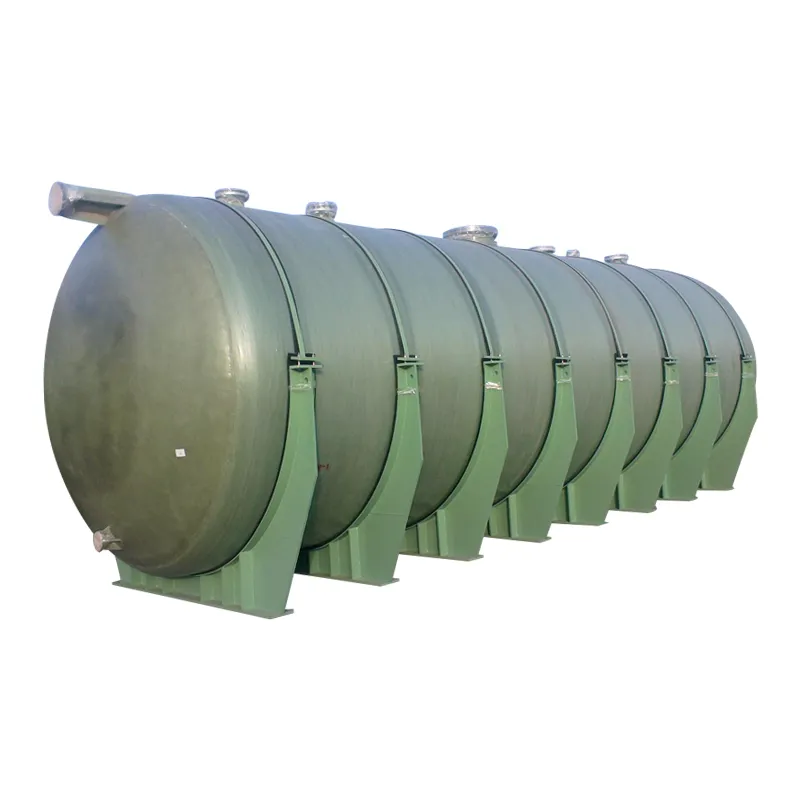
(underground frp tanks)

